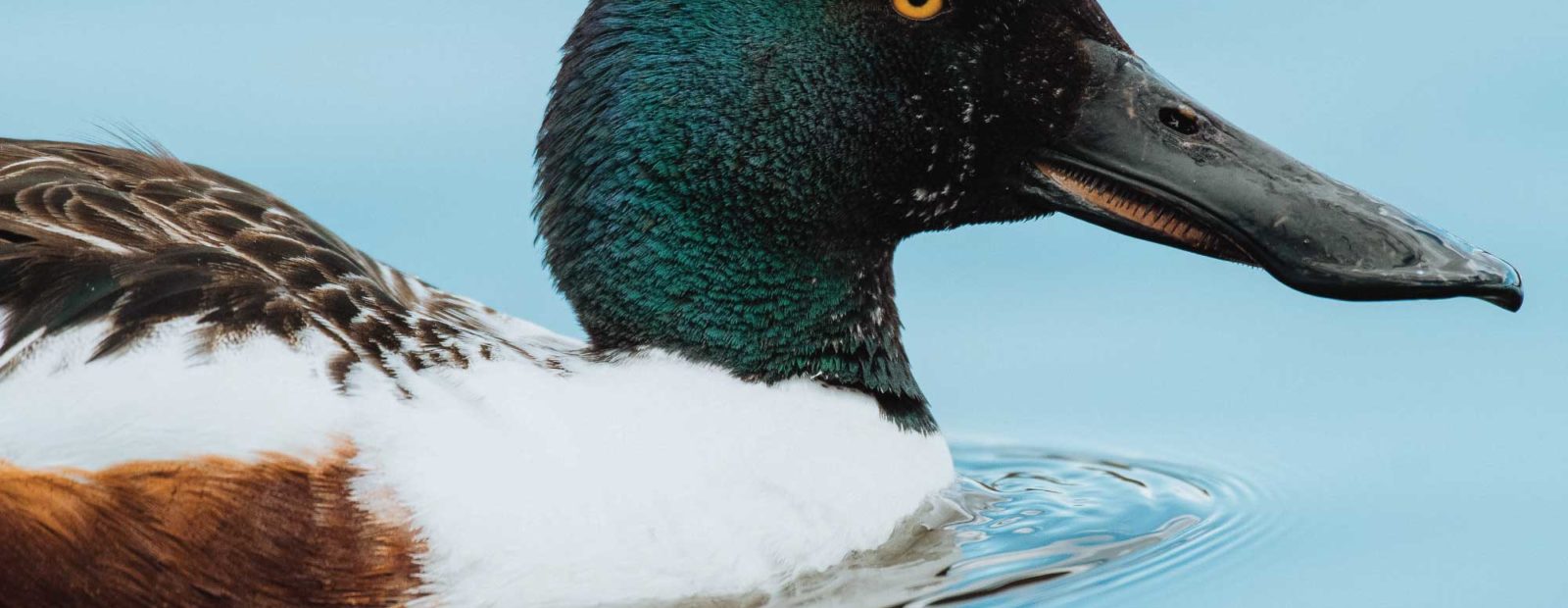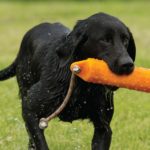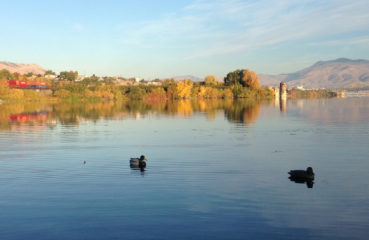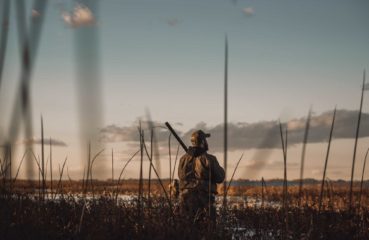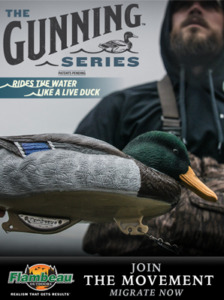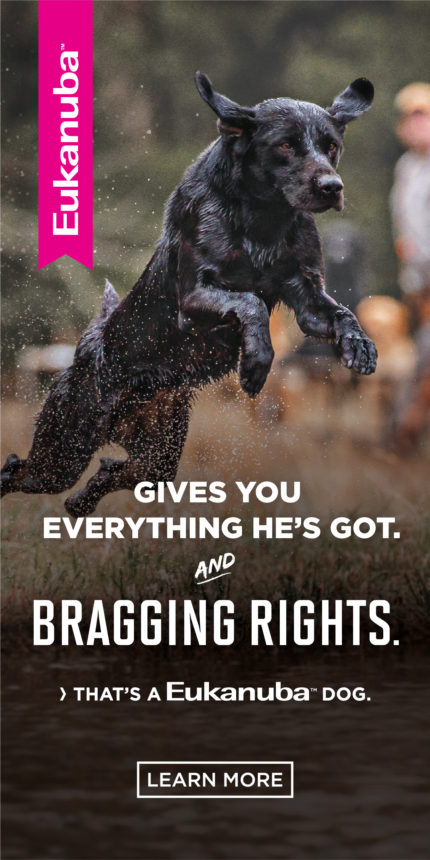Introducing a friend to a new area resulted in a couple of firsts for these duck hunters
Waterfowl hunting is a lot like Christmas morning. . . or perhaps a birthday, because there’s always a surprise. I never know what kind of ducks I’ll shoot that day, whether it will be a busy day with non-stop flights, or if it’ll be slow until the sun goes down. On this particular hunt I decided to bring along my friend Tom, who is from Ohio and has spent a lot of time goose hunting in fields. He’s new to Utah, so I decided it would be a good idea to take him out on the marsh at Bear River Bird Refuge. Plus, what’s a birthday without friends?
Tom had to have most of his hunting gear shipped over; once he finally received it all, he was eager to get out and try for some ducks. We decided on an afternoon hunt for his first outing. Like always, the anticipation was getting the best of me. I checked and rechecked that everything was ready to set up in my honey hole. I was extra anxious about bringing Tom along; I’m no guide and no expert at getting people on ducks, but I always enjoy hunting with a buddy.
Setting up and finding the right spot
We were running about an hour behind schedule, but since it was a weekday, I was feeling hopeful that it wouldn’t be too crowded. The parking lot at the refuge confirmed this; I was relieved to see that it was mostly empty when we arrived. Tom had been warned that my hunts involve quite a bit of walking, but this time it wasn’t too far—only a mile and a half to my favorite spot. The sky was clear blue and the sun was cooking everything around us. A slight breeze hit my face and the smell of the marsh was rich. It was game time.
Unfortunately, the spot I was hoping to hunt had some boaters set up on it. It was a little frustrating to walk as far as we did just to have a couple of guys in a boat at our spot, but that’s the way it goes. We set up in another spot that seemed decent enough. The water was a bit shallow, but I was hoping that wouldn’t matter too much. With so little wind and not much cover, it ended up not being a very good spot at all. We watched ducks fly over and get shot at by two different groups of hunters. The ducks never even considered our spot. It was time to move.

Adjusting hunting tactics to react to the situation
Tom spotted an area that looked like it might work for us. It was kind of a quiet cove next to some open water. We set up the decoys so that some of them were in the open water, looking like they were swimming into this cove for a quiet resting spot. I was hoping that ducks would see the decoys on the open water, follow their direction to the cove, and think that this was the place to go. I’ve tried setups like this before and found them to be really hit or miss in terms of success. We also made sure that we were completely concealed, which was a lot easier in this spot because it had more reeds for cover.
Before long, the ducks started moving. Tom and I were calling out ducks as we saw them. The ducks were coming from all sides! It was one of those moments that, as a duck hunter, I felt like we were in it. Soon we had flocks of ducks buzzing our decoys. Our first few shots were overcome with excitement and anticipation rather than accuracy. Eventually, I was able to slow myself down a bit and soon connected on my first bird of the day. I ran over to my duck. I had been struggling to identify these ducks as they were flying by; once I had it in my hand, I knew why. I was holding a spoonie hen in my hand—the first spoonie I had ever shot.
Watching the ducks fly, they were fast and all looked like hens. I realized it was because these spoonies were still eclipsed, which was why I couldn’t spot any drakes. These ducks were smaller than a mallard, bigger than a teal, and they flew somewhere in between.
The day was slowly coming to an end and the ducks were still coming in to our decoys. The evening flight was not letting up.
“Birds on the right!” “Birds on the left!”
It seemed that we were constantly calling out ducks. It became apparent that the ducks were sneaking into our spot, in part because of the people that were still set up on my honey hole. We could hear them yelling at their dogs and watched them take shots at ducks that may have been in the stratosphere. All of this chaos made our resting decoys look even more friendly. A flock of ducks came in low and fast from the right. This time, Tom was able to connect with his first duck of the season. This was by far the best part of the hunt. Tom walked out to get his duck and came back with an eclipsed drake spoonie.
I know that eclipsed ducks aren’t everybody’s favorite, but I like seeing ducks in their different phases. I had never seen a spoonie before that day. Seeing an eclipsed drake was even cooler. The evening soon came to an end and shooting hours were over. After collecting our decoys, we made our way back to the dike.
Karma was on our side, too, when we heard the guys in the boat get stuck in the mud. They were running that mud motor at full throttle without making much progress. With two ducks in hand, Tom and I made our way back to the truck knowing that the guys that had been spooking the ducks were going to have to put in some work to get off the marsh.
Reflecting on lessons learned from a good day in the duck blind
This hunt reinforced the best parts of waterfowl hunting for me. The push of spoonies gave us an opportunity on a first for both Tom and me. We had a lot of fun chasing ducks and our gambles paid off. We applied lessons we had both learned and worked as a team to have a successful hunt. Waterfowl hunting is always full of surprises and learning how to react accordingly can make or break your day.
Last modified: July 19, 2022


